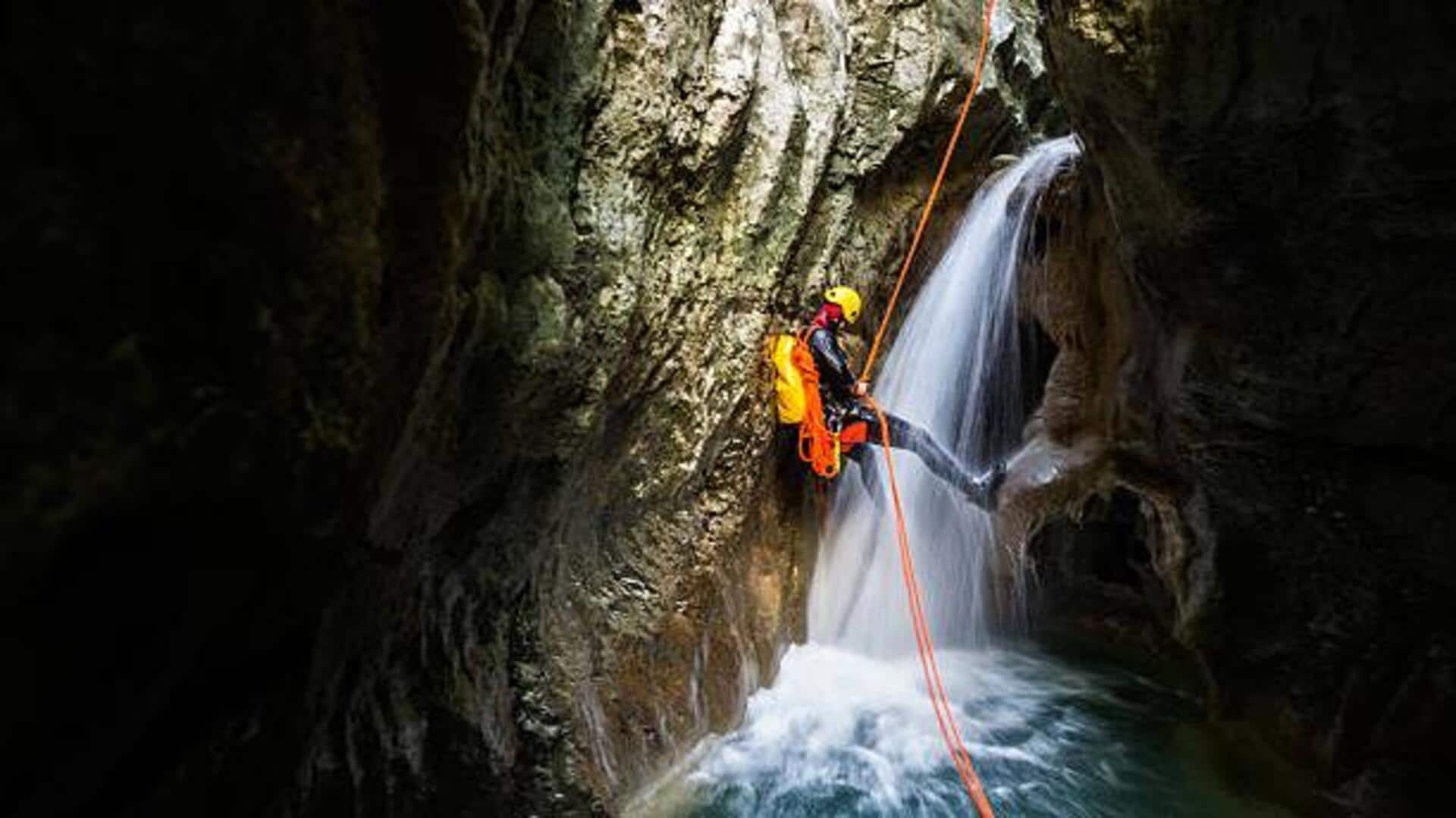
Canyoning in scenic gorges: What to know
What's the story
Canyoning in Africa provides the most unique adventure through some of the continent's most remote and beautiful gorges. This activity involves canyoneering by foot, climbing, jumping, abseiling, and swimming. Africa's diverse landscapes make a perfect background for canyoning enthusiasts hunting for thrilling experiences. From lush green valleys to rugged cliffs, each location offers its own set of challenges and rewards for adventurers alike.
#1
Exploring South Africa's Blyde River Canyon
One of the largest canyons on Earth, The Blyde River Canyon in South Africa offers breathtaking views and a number of routes for canyoning lovers. From its red sandstone cliffs to vegetation, the canyon has it all. You can expect waterfalls, natural pools and steep descents demanding technical skills from you. The place is also rich in wildlife, adding an element of thrill to your trip.
#2
Morocco's hidden gem: Ourika Valley
Offering a different kind of canyoning experience, Morocco's Ourika Valley canyoning offers stunning narrow gorges and flowing streams. Located near Marrakech, the valley has routes for both beginners and experienced canyoners. The terraced fields, traditional Berber villages, cascading waterfalls make the journey visually appealing. Canyoning here usually includes rappelling down waterfalls and through tight rock formations.
#3
Madagascar's Tsingy de Bemaraha National Park
Tsingy de Bemaraha National Park in Madagascar features unique limestone formations known as tsingy. These sharp pinnacles make for a challenging terrain for canyoning enthusiasts seeking the unusual. Traveling through this park is no walk in the park, as it requires careful planning with its complex network of narrow passages and deep crevices. The park is also a UNESCO World Heritage site for its geology.
Tip 1
Tips for safe canyoning adventures
Safety should always be a priority while canyoning across Africa's remote gorges. You should have proper gear like helmets, harnesses, and ropes designed for wet conditions. Along with proper footwear providing good grip on slippery surfaces like rocks or mud-covered paths. These terrains are often encountered while venturing into wild terrains. Help may not be readily available, so it's important to prepare beforehand.